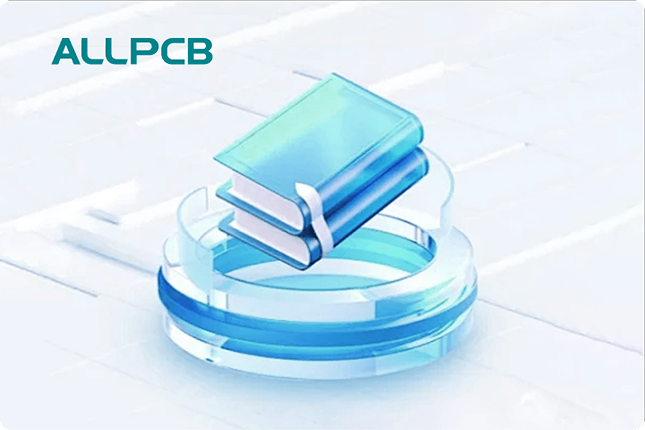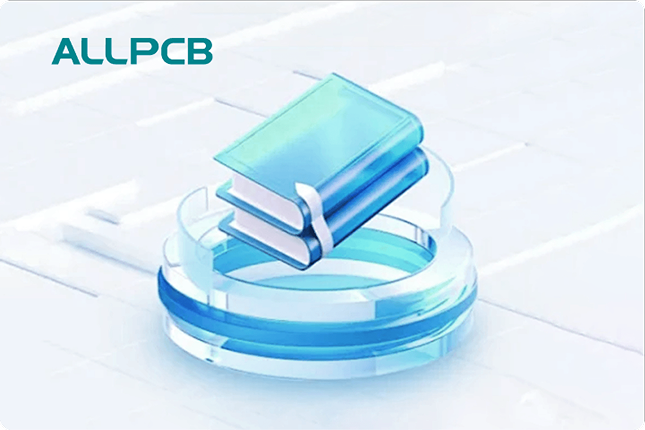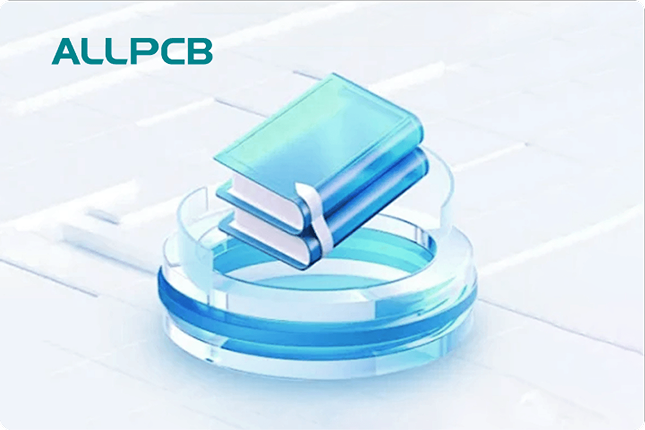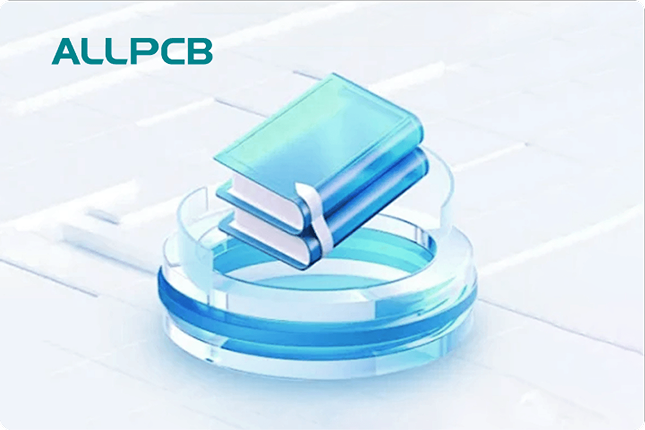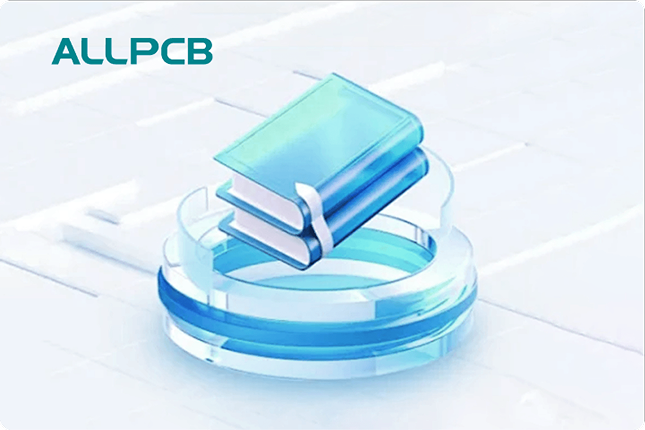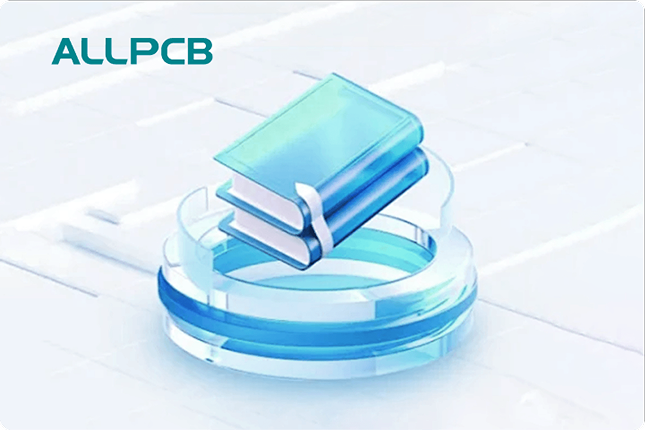If you’re looking to build a custom electric motor drive PCB for precise motor control, you’ve come to the right place. Whether it’s for a DIY project, a robotics application, or an industrial system, designing a unique motor drive PCB can seem daunting. But with the right steps, tools, and know-how, you can create a reliable and efficient board tailored to your needs. In this comprehensive guide, we’ll walk you through the entire process of custom PCB design for motor control, from planning to testing, ensuring you have actionable insights for success.
Why Design a Custom Electric Motor Drive PCB?
Custom electric motor drive PCBs offer unmatched flexibility compared to off-the-shelf solutions. By designing your own board, you can optimize for specific voltage ranges, current capacities, and control algorithms. This is especially useful for applications like drones, electric vehicles, or automated machinery where space, efficiency, and performance are critical. For instance, a tailored motor driver PCB can handle high currents—up to 50A or more—while maintaining compact dimensions as small as a credit card.
Beyond performance, building a custom PCB motor driver allows you to integrate unique features like sensor feedback or wireless control, which generic boards might not support. Plus, it’s a cost-effective solution for bulk production or specialized projects. Let’s dive into the step-by-step process of creating your own motor control PCB.
Step 1: Define Your Motor Control Requirements
Before you start designing, clarify the purpose and specifications of your motor drive PCB. Consider the type of motor you’re controlling—DC, brushless DC (BLDC), or stepper—and the operational needs. Here are key factors to outline:
- Voltage and Current Ratings: Determine the input voltage (e.g., 12V, 24V, or 48V) and the continuous current your motor requires (e.g., 10A or 30A).
- Control Method: Decide if you need simple on/off control, speed regulation via PWM (Pulse Width Modulation), or position control with encoder feedback.
- Environmental Conditions: Will the PCB operate in high temperatures or humid conditions? This affects component selection and board materials.
- Size Constraints: Define the physical dimensions to ensure the board fits within your device or enclosure.
For example, a BLDC motor for a drone might need a PCB that supports 24V input, 20A continuous current, and PWM control for variable speed. Writing down these specs ensures you don’t overlook critical details during design.
Step 2: Select the Right Components for Your Motor Drive PCB
Choosing components is a critical step in designing a unique motor drive PCB. Each part must align with your specs to ensure reliability and performance. Here’s what to focus on:
- Microcontroller or Driver IC: Pick a microcontroller (MCU) or dedicated motor driver IC that supports your control method. For instance, an MCU with built-in PWM channels works well for speed control.
- Power MOSFETs or IGBTs: These handle high currents and voltages. Ensure their ratings exceed your motor’s requirements by at least 20% for safety. For a 30A motor, choose MOSFETs rated for 36A or higher.
- Capacitors and Resistors: Use capacitors to stabilize voltage and reduce noise. For high-current applications, electrolytic capacitors with values like 1000μF at 50V are common.
- Sensors (Optional): If your design requires feedback, include hall effect sensors or encoders for position and speed data.
Double-check datasheets for thermal limits and compatibility. A mismatched component can lead to overheating or failure. For instance, using a MOSFET with insufficient current handling can cause a short circuit under load.
Step 3: Create a Schematic for Your Custom PCB Design
With components selected, it’s time to draft a schematic—a blueprint of how everything connects. Use PCB design software to draw your circuit. Focus on these aspects:
- Power Supply Section: Design a robust power input with proper filtering to handle voltage spikes. Include a reverse polarity protection diode if needed.
- Control Logic: Connect your MCU or driver IC to generate control signals like PWM. Ensure signal lines are isolated from high-power traces to avoid interference.
- Motor Output: Route the high-current paths from MOSFETs to the motor terminals with minimal resistance. Use wide traces for these connections.
For noise reduction, place decoupling capacitors (e.g., 0.1μF ceramic) close to the MCU’s power pins. This prevents voltage drops during sudden current demands. Once your schematic is ready, simulate it if possible to catch errors before moving to layout.
Step 4: Design the PCB Layout for Motor Control
The PCB layout turns your schematic into a physical board. A well-designed layout minimizes noise, heat, and signal loss. Follow these tips for success:
- Separate Power and Signal Traces: Keep high-current traces (e.g., motor outputs) away from sensitive signal lines to prevent electromagnetic interference (EMI).
- Use Thick Traces for Power: For high currents, calculate trace width using online tools. A 30A trace at 1oz copper thickness might need to be 200 mils wide.
- Thermal Management: Add copper pours or vias under power components like MOSFETs to dissipate heat. Consider a 4-layer board for better heat distribution if handling over 20A.
- Ground Plane: Implement a solid ground plane to reduce noise and provide a stable reference for signals.
Pay attention to component placement. Group related parts (e.g., driver IC and MOSFETs) close together to shorten trace lengths. A compact layout also saves space and reduces parasitic inductance, which can cause voltage spikes at high frequencies.
Step 5: Choose the Right Materials and Stack-Up
The materials and layer stack-up of your PCB impact durability and performance. For motor control applications, consider these options:
- Base Material: FR-4 is a common, cost-effective choice for most designs. It handles temperatures up to 130°C, suitable for moderate power applications.
- Copper Thickness: Use 2oz copper for high-current designs (over 10A) to reduce resistance and heat buildup. Standard 1oz copper works for lower currents.
- Layer Count: A 2-layer board is often enough for simple motor drivers, but a 4-layer board offers better grounding and heat management for complex designs.
For example, a 4-layer board with 2oz copper can handle 40A currents with less risk of overheating compared to a 2-layer, 1oz design. Consult with your manufacturing partner to balance cost and performance based on your needs.
Step 6: Prototype and Test Your DIY Motor Control PCB
Once your design is complete, order a prototype to validate its functionality. Testing is crucial before full production. Follow these steps:
- Visual Inspection: Check for soldering defects or misaligned components after assembly.
- Power-Up Test: Apply power without connecting the motor. Measure voltages at key points to ensure they match your design (e.g., 5V for logic, 24V for power).
- Load Test: Connect the motor and run it under typical conditions. Monitor temperature using a thermal camera—MOSFETs shouldn’t exceed 80°C under load.
- Signal Integrity: Use an oscilloscope to verify PWM signals or feedback data. Look for clean waveforms without excessive noise or distortion.
If issues arise, such as overheating or signal glitches, revisit your layout or component choices. Iterating on prototypes is normal for perfecting a custom PCB motor driver.
Step 7: Optimize for Production
After successful testing, prepare your design for manufacturing. Optimize for cost and scalability with these tips:
- Design for Manufacturability (DFM): Ensure your design meets standard fabrication guidelines, like minimum trace widths (e.g., 6 mils) and clearances.
- Bill of Materials (BOM): Compile a detailed BOM with part numbers and suppliers to streamline assembly.
- Panelization: If producing multiple boards, arrange them in a panel to reduce fabrication costs.
Work closely with your PCB manufacturer to finalize details like surface finish (e.g., ENIG for durability) and solder mask color. Clear communication prevents delays or errors during production.
Common Challenges in Designing Custom Motor Drive PCBs
Even with careful planning, challenges can arise when building a custom PCB motor driver. Here are common issues and how to address them:
- Heat Dissipation: High currents generate heat. Use heat sinks or increase copper thickness if components overheat.
- EMI Noise: Poor grounding or long traces can introduce noise. Shorten signal paths and use shielded components if needed.
- Component Shortages: Supply chain issues can delay projects. Choose widely available parts or have backup options ready.
Anticipating these problems during the design phase saves time and resources. For instance, adding extra vias for heat dissipation during layout can prevent thermal issues later.
Tools and Resources for DIY Motor Control PCB Design
Designing a custom electric motor PCB is easier with the right tools. Here are some categories of resources to explore:
- Design Software: Use CAD tools for schematics and layouts. Many offer free versions for hobbyists and students.
- Simulation Tools: Simulate circuits to predict behavior before building. This helps catch errors early.
- Online Calculators: Tools for trace width, via current capacity, and impedance control are invaluable for layout optimization.
Additionally, online communities and forums provide tutorials and advice for beginners. Learning from others’ experiences can accelerate your progress in creating a custom motor control board.
Conclusion: Start Building Your Custom Motor Drive PCB Today
Designing a custom electric motor drive PCB is a rewarding process that empowers you to create tailored solutions for your projects. By following this step-by-step guide—defining requirements, selecting components, creating schematics, laying out the board, and testing prototypes—you can build a reliable and efficient motor driver. Whether you’re working on a DIY motor control PCB or a professional application, attention to detail and iterative testing are key to success.
With the right approach, you can overcome challenges like heat management and EMI, ensuring your board performs as intended. Partner with a trusted PCB manufacturing service to bring your design to life, and don’t hesitate to refine your skills through practice. Start your journey in custom PCB design for motor control today, and unlock endless possibilities for innovation.
 ALLPCB
ALLPCB


